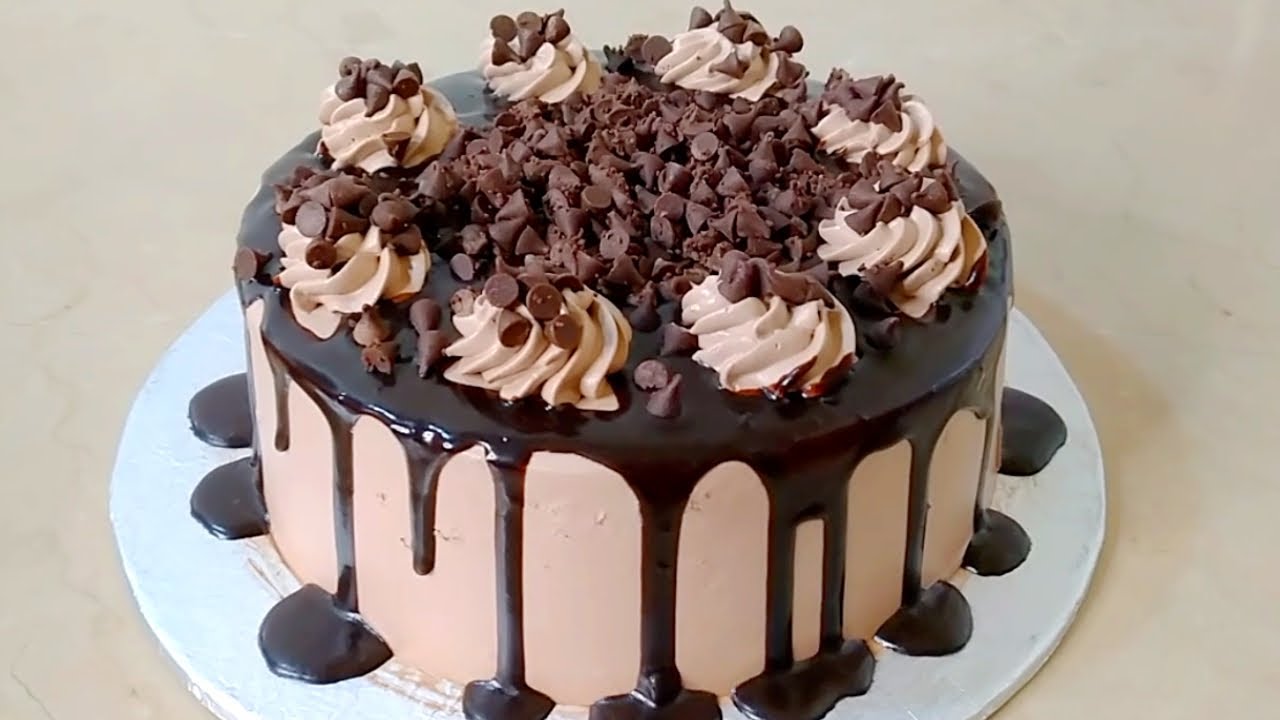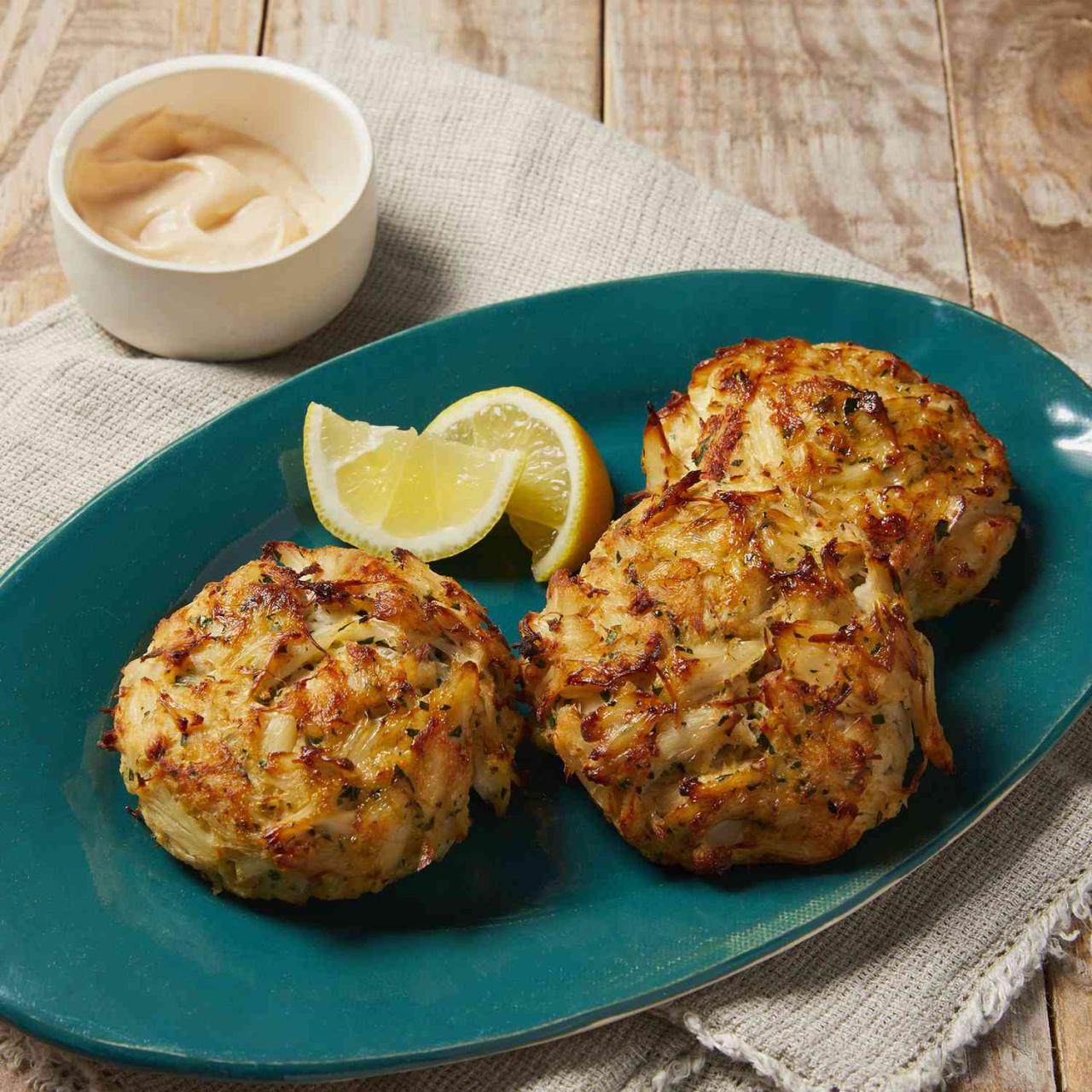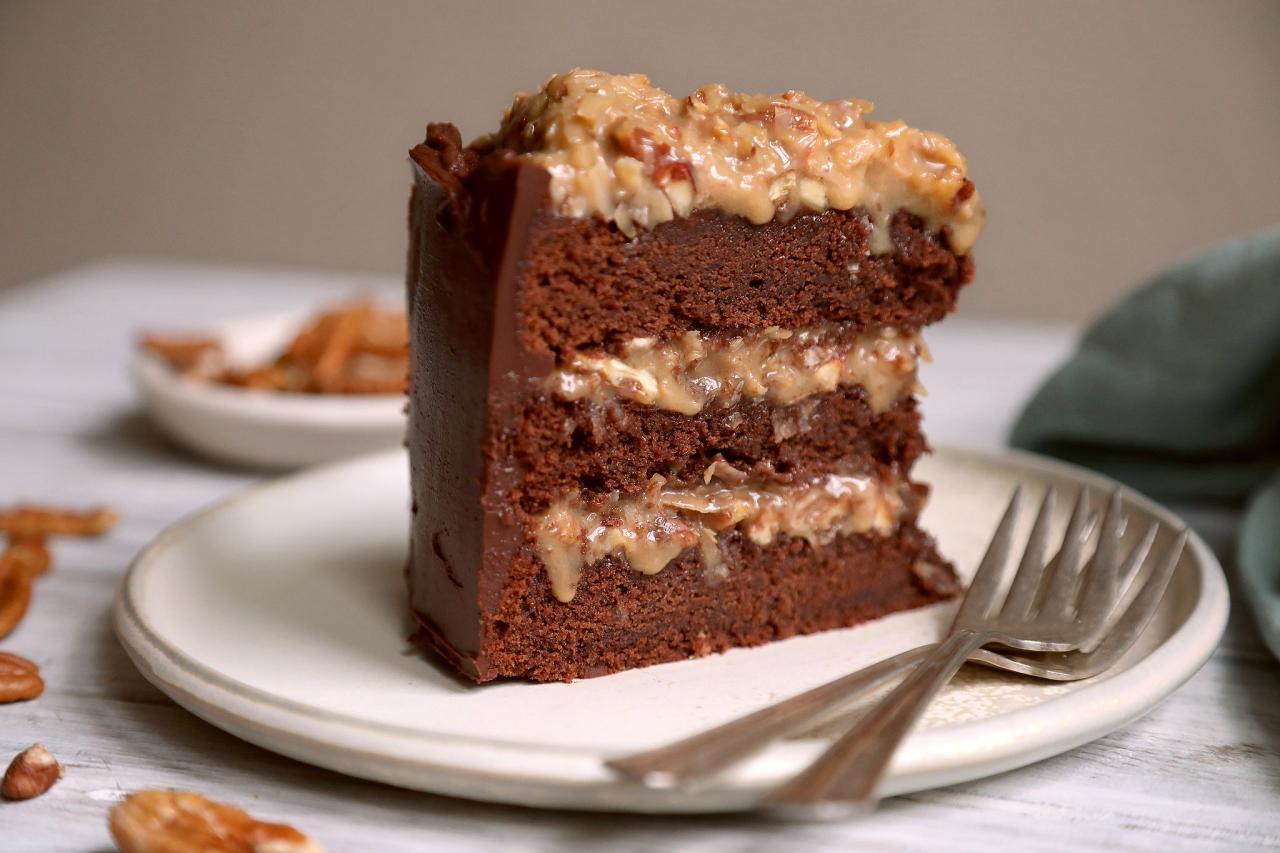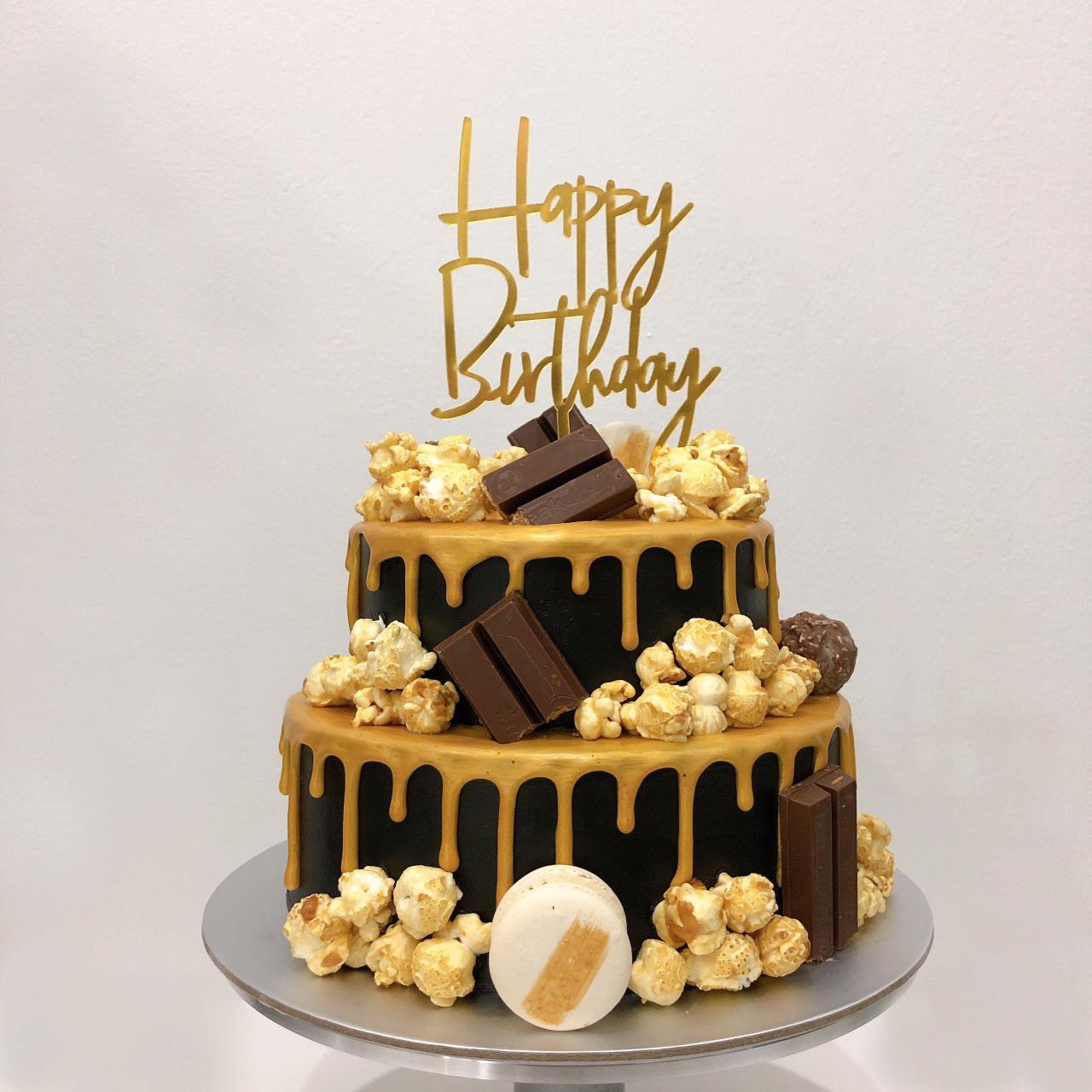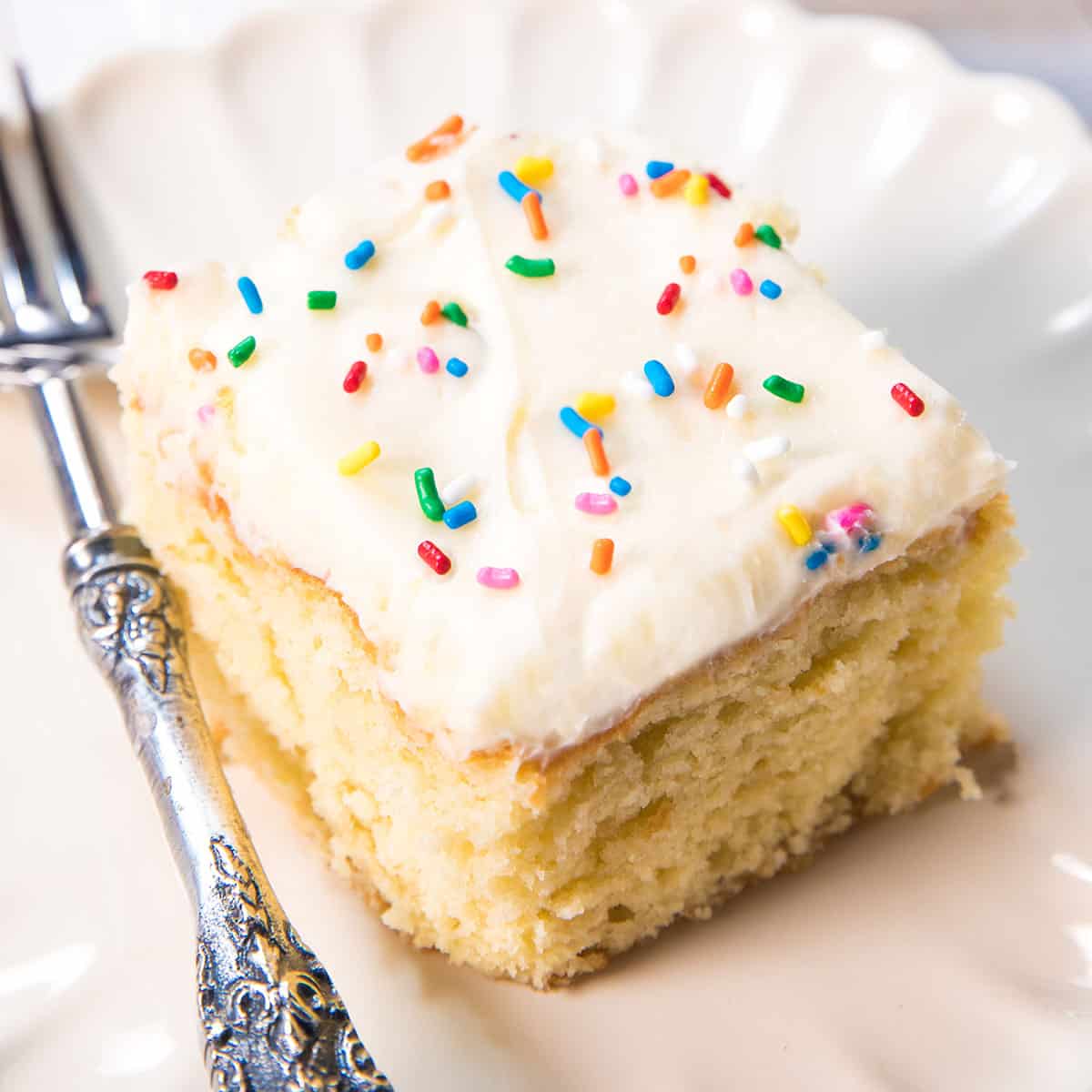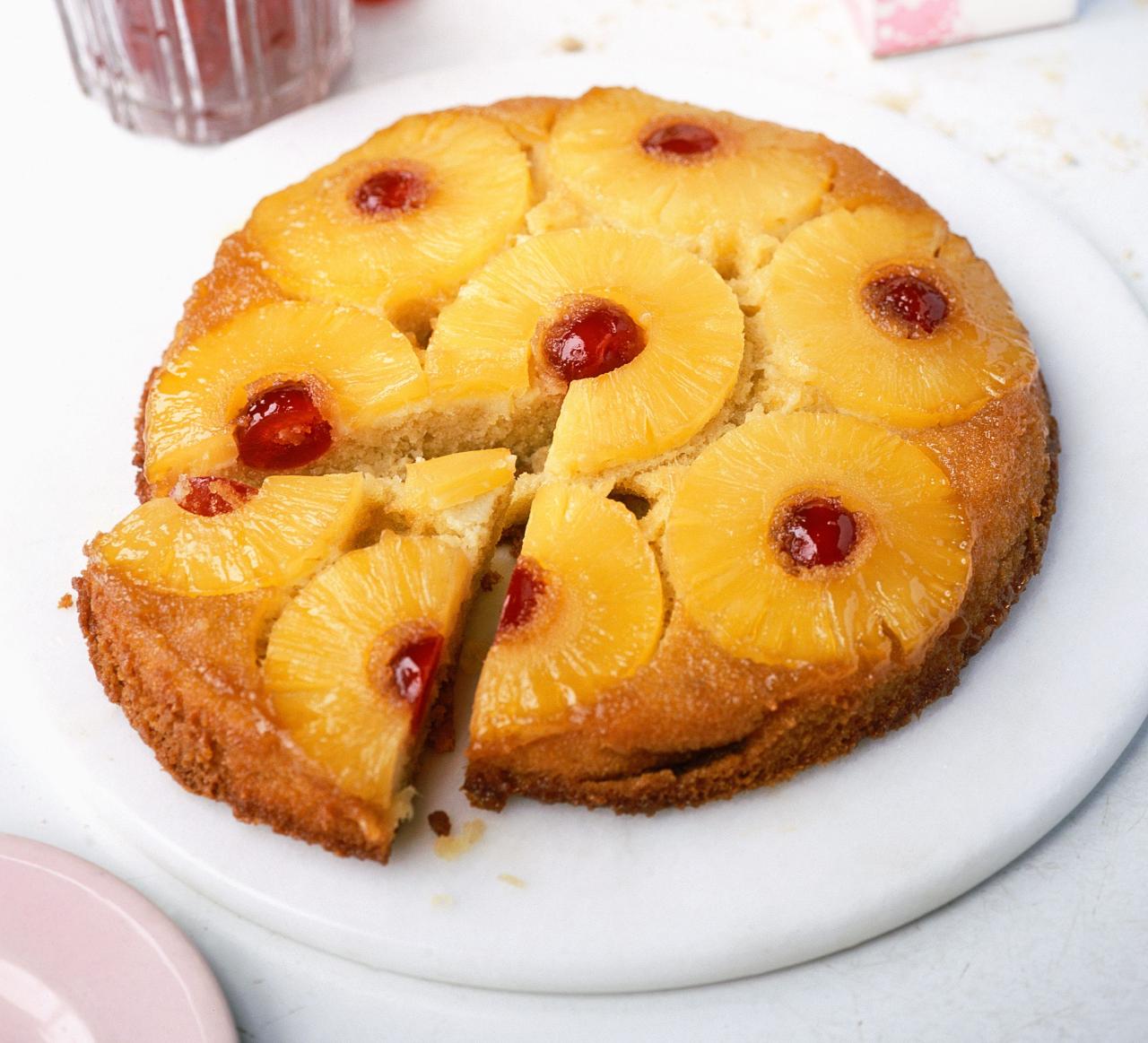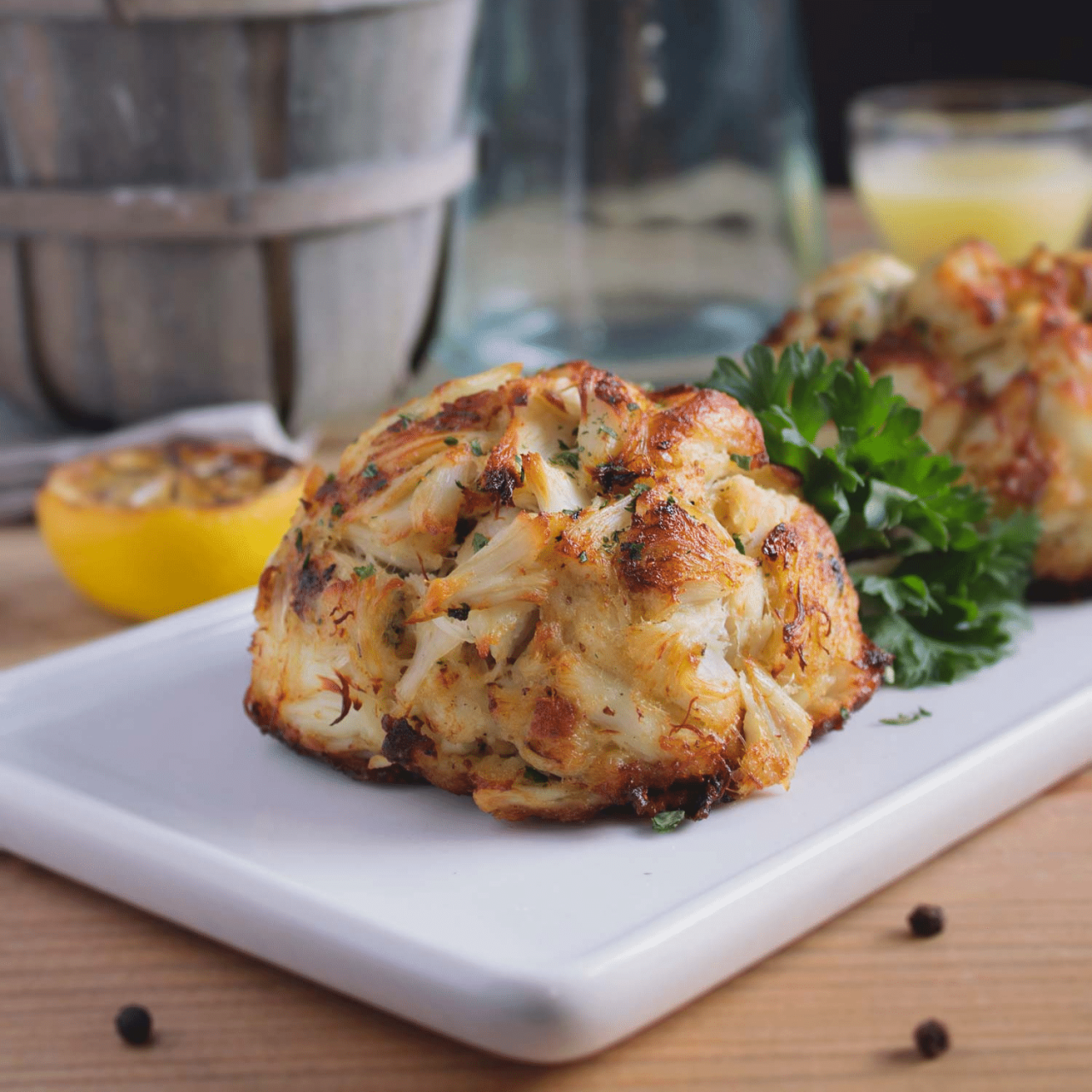King Cake, a delightful pastry with a hidden surprise, is a beloved tradition deeply rooted in history and culture. This festive treat, often associated with Mardi Gras celebrations, holds a special place in the hearts of many, with its origins tracing back to ancient Roman festivals and its evolution reflecting the diverse influences of time and place.
From the symbolism of the baby figurine to the various regional recipes and flavors, King Cake embodies a captivating blend of tradition, celebration, and a touch of playful mystery. It’s more than just a pastry; it’s a symbol of community, joy, and the anticipation of good fortune.
History of King Cake
The King Cake, a beloved tradition in many parts of the world, particularly in the United States, has a rich history dating back centuries. Its origins can be traced to the ancient Roman festival of Saturnalia, which celebrated the winter solstice.
During Saturnalia, a cake containing a bean or a small figurine was shared among participants, and the person who found the hidden object was crowned king or queen for the day. This tradition was later adopted by the early Christians, who associated the hidden object with the baby Jesus.
Origins and Historical Significance, King cake
The King Cake, as we know it today, evolved from the French tradition of “Galette des Rois,” which literally translates to “Cake of the Kings.” This tradition emerged in medieval France and was associated with the Feast of Epiphany, celebrated on January 6th, commemorating the arrival of the Three Wise Men to see the baby Jesus.
In France, the cake was typically a round pastry made with puff pastry and filled with almond cream, and it often featured a small porcelain figurine representing the baby Jesus.
Evolution of the Tradition
The King Cake tradition traveled to the Americas with French settlers, and it eventually became popular in New Orleans, Louisiana. In the 19th century, the tradition was adopted by the local German community in New Orleans, who added their own twist by using a colorful icing and decorating the cake with sprinkles.
This unique combination of French and German influences led to the modern-day King Cake, a beloved staple of Mardi Gras celebrations in New Orleans and beyond.
Legends and Stories
Many stories and legends surround the King Cake tradition. One popular story tells of a baker who hid a bean in a cake for his customers to find. The person who found the bean was crowned king for the day, and the tradition spread throughout the community.
Another story tells of the Three Wise Men, who presented gifts to the baby Jesus. The King Cake is said to represent the gifts that were brought to the baby Jesus, and the hidden figurine symbolizes the baby Jesus himself.
King Cake Traditions
The King Cake tradition is a vibrant and engaging celebration that brings people together. It is characterized by its unique customs and symbolism, which have evolved over time and continue to be cherished today.
Ingredients and Preparation
The King Cake is typically made with a sweet yeast dough, often flavored with cinnamon, nutmeg, or citrus zest. It is usually shaped into a ring or a round loaf and decorated with colorful icing and sprinkles. The most distinctive feature of the King Cake is the inclusion of a small plastic baby figurine, which is hidden inside the dough.
The baby figurine represents the baby Jesus, and finding it is considered good luck.
Symbolism of the Baby Figurine
The baby figurine plays a central role in the King Cake tradition. Finding the baby figurine is seen as a sign of good luck and prosperity for the coming year. In some regions, the person who finds the figurine is crowned king or queen for the day and is responsible for buying the next King Cake.
The tradition encourages a spirit of sharing and celebration, as everyone eagerly awaits the reveal of the lucky recipient of the baby figurine.
Regional Variations
The King Cake tradition has evolved differently in various regions and cultures, leading to a diverse range of variations in its ingredients, decorations, and customs. For example, in New Orleans, the King Cake is often decorated with purple, green, and gold icing, representing the colors of Mardi Gras.
In some parts of France, the King Cake is called “Galette des Rois” and is typically made with puff pastry and filled with almond cream. In other regions, the cake may be made with different types of dough or fillings, and the baby figurine may be replaced with other symbols, such as a bean or a coin.
King Cake Varieties
The King Cake, with its rich history and diverse regional influences, has evolved into a variety of flavors and recipes, offering a delightful range of choices for those seeking a sweet treat.
Recipes and Flavors
The most common King Cake recipe involves a sweet yeast dough, often flavored with cinnamon, nutmeg, or citrus zest. It is typically decorated with colorful icing and sprinkles. However, there are many variations in flavors and ingredients, ranging from traditional cinnamon and sugar to more adventurous options like praline, cream cheese, and even chocolate.
Regional Variations
King Cakes can be found in a variety of shapes and sizes, with unique regional variations. In New Orleans, the King Cake is typically shaped into a ring and decorated with purple, green, and gold icing, representing the colors of Mardi Gras.
In other regions, the cake may be shaped into a round loaf or even a braided bread. The fillings and decorations also vary depending on the region, with some regions favoring traditional almond cream, while others prefer more modern flavors like praline or cream cheese.
Types of King Cake
Here is a table showcasing different types of King Cake and their key characteristics:
| Type | Description | Key Characteristics |
|---|---|---|
| New Orleans King Cake | Ring-shaped cake made with sweet yeast dough, flavored with cinnamon and decorated with purple, green, and gold icing. | Ring shape, colorful icing, baby figurine hidden inside. |
| French Galette des Rois | Round pastry made with puff pastry and filled with almond cream. | Puff pastry, almond cream filling, small porcelain figurine representing the baby Jesus. |
| German King Cake | Round loaf made with sweet yeast dough, flavored with cinnamon and decorated with colorful icing and sprinkles. | Round loaf shape, colorful icing and sprinkles, baby figurine hidden inside. |
| King Cake with Praline Filling | King Cake with a sweet praline filling. | Praline filling, traditional King Cake shape and decorations. |
| King Cake with Cream Cheese Filling | King Cake with a tangy cream cheese filling. | Cream cheese filling, traditional King Cake shape and decorations. |
King Cake in Popular Culture
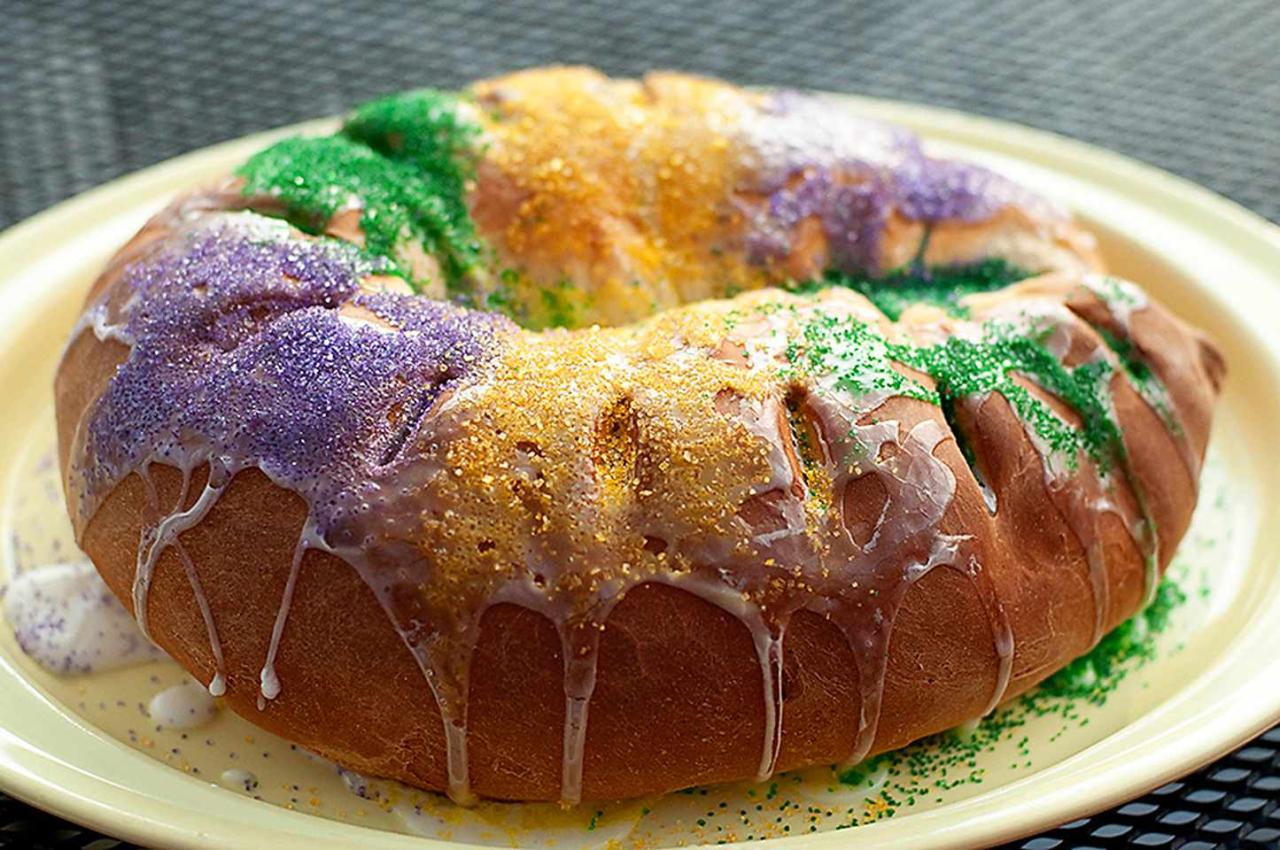
The King Cake, with its unique symbolism and celebratory spirit, has captured the imagination of artists and storytellers, making its way into various forms of media.
Literature, Film, and Television
The King Cake has been featured in numerous books, movies, and television shows, often serving as a symbol of celebration, tradition, and community. In the popular television show “The Bachelor,” King Cake is often featured as a playful way to introduce a romantic element into the show.
In the movie “Easy A,” King Cake is used as a symbol of the main character’s growing popularity and acceptance.
Portrayals in Media
The King Cake is often portrayed in media as a festive and celebratory treat, associated with Mardi Gras and other joyous occasions. It is often depicted as a symbol of community, sharing, and good luck. In some instances, the King Cake has been used to represent the hidden secrets or surprises that life often throws our way.
Fictional Scene
Imagine a bustling New Orleans bakery, filled with the aroma of freshly baked bread and pastries. A group of friends gather around a table, eagerly awaiting the cutting of the King Cake. The anticipation is palpable as they each take a slice, hoping to be the lucky one to find the baby figurine.
As the cake is cut, a collective gasp fills the room as the baby figurine is revealed, bringing smiles and laughter to everyone’s faces.
King Cake as a Symbol
The King Cake, beyond its delicious flavors and festive decorations, holds a deeper meaning as a symbol of tradition, community, and celebration.
Cultural and Symbolic Meaning
The King Cake is a symbol of the Epiphany, a Christian holiday celebrating the arrival of the Three Wise Men to see the baby Jesus. It represents the gifts that were brought to the baby Jesus, and the hidden figurine symbolizes the baby Jesus himself.
The tradition of sharing the cake and finding the baby figurine encourages a spirit of community and togetherness, bringing people together to celebrate the holiday.
Role in Community Building and Celebration
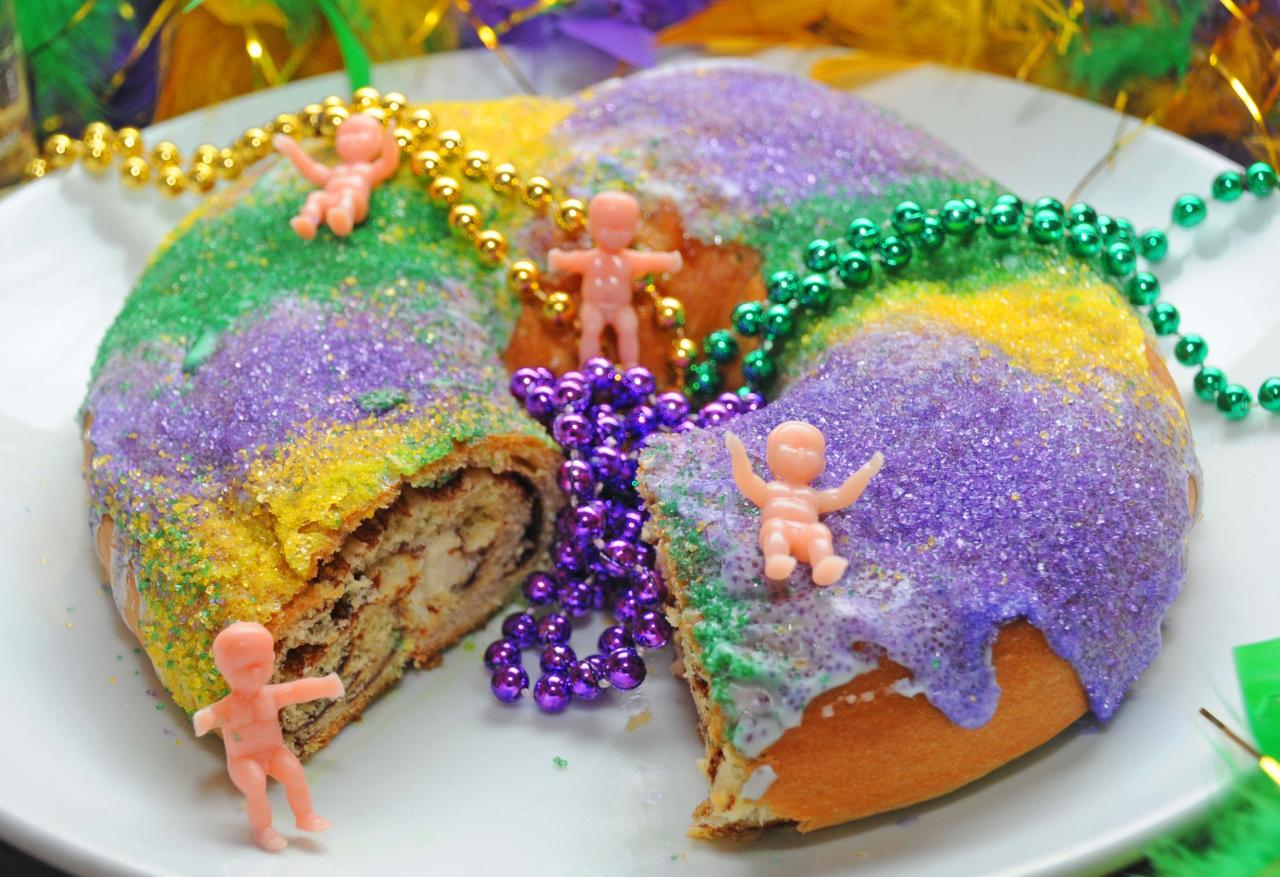
The King Cake tradition is a vital part of community building and celebration, particularly in New Orleans and other regions where it is widely observed. It provides a shared experience that brings people together, regardless of their background or beliefs.
The tradition encourages a spirit of generosity and sharing, as everyone eagerly awaits the reveal of the lucky recipient of the baby figurine.
Significance as a Tradition
The King Cake tradition is a testament to the enduring power of tradition and its ability to connect us to our past and to each other. It is a reminder of the importance of community, celebration, and sharing. The tradition continues to evolve and adapt to new times, but its core values of joy, togetherness, and good luck remain timeless.
Conclusion
As the sweet aroma of King Cake fills the air, it’s a reminder of the rich tapestry of traditions and the enduring power of shared experiences. Whether enjoyed at a festive gathering or savored in the quiet comfort of home, King Cake offers a delightful way to connect with history, celebrate life’s simple pleasures, and embrace the spirit of community.


